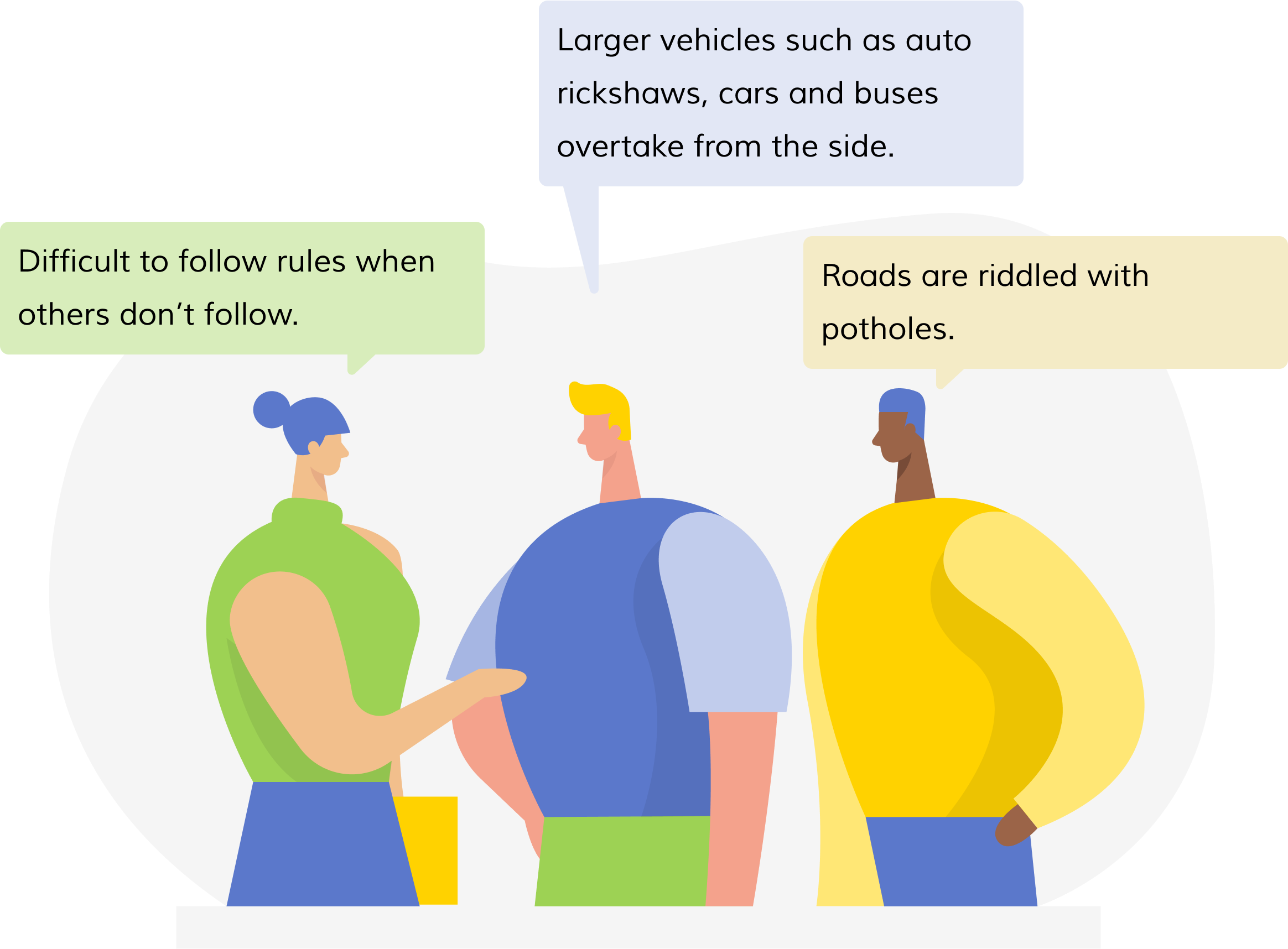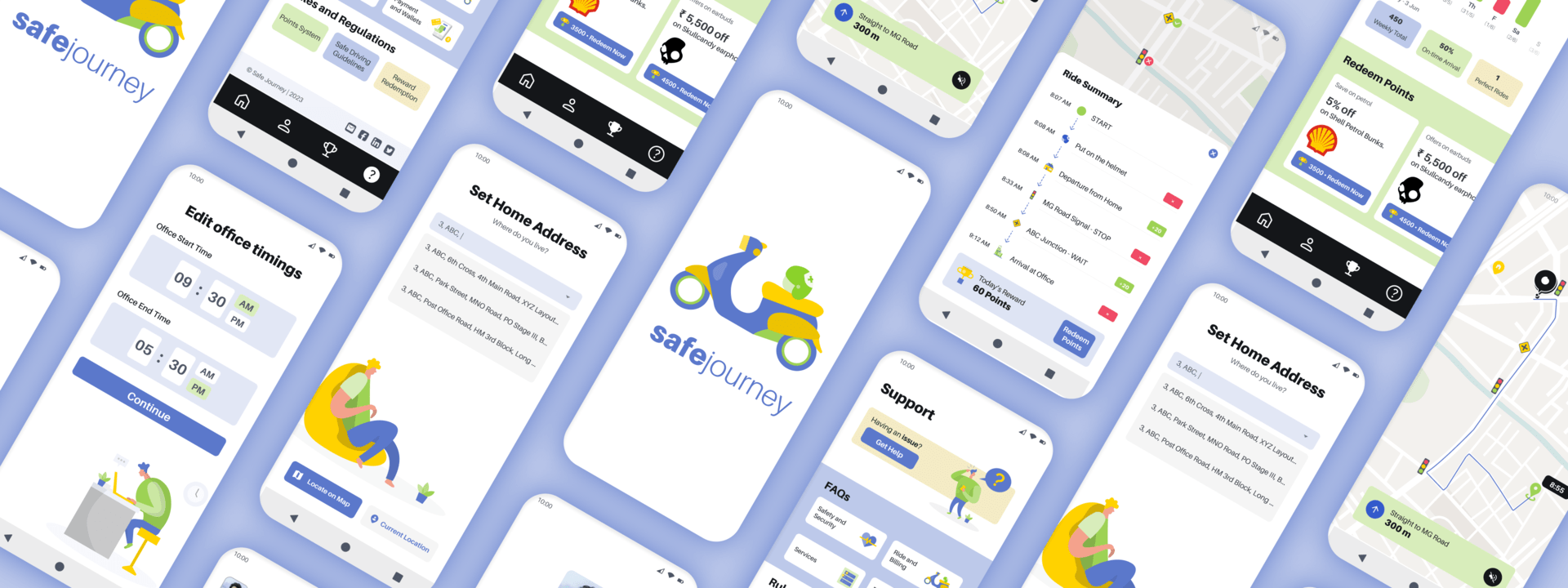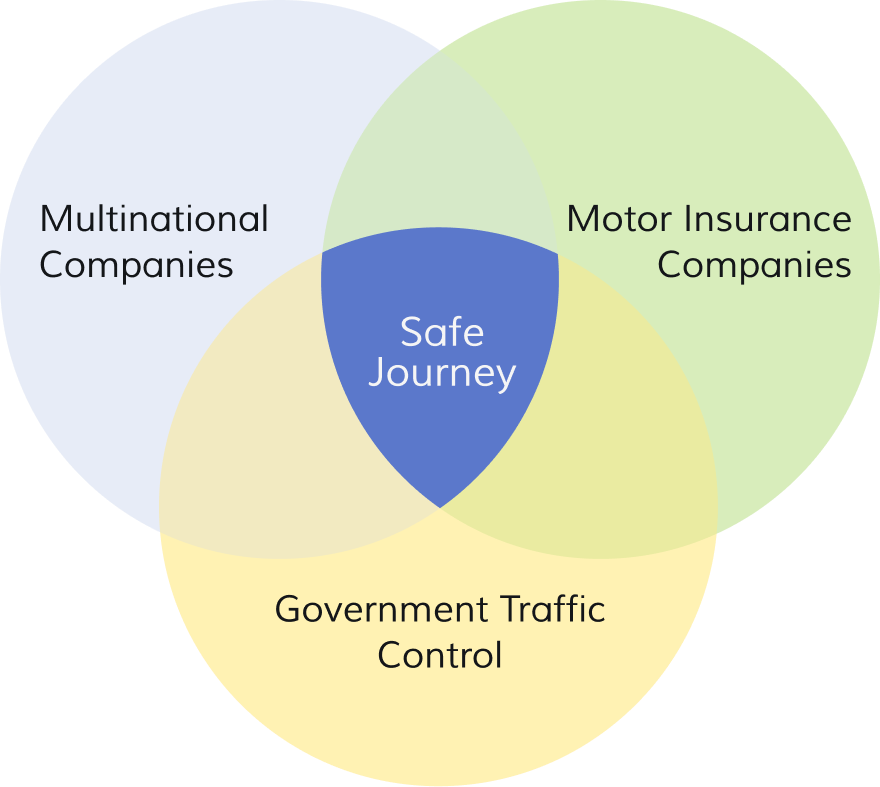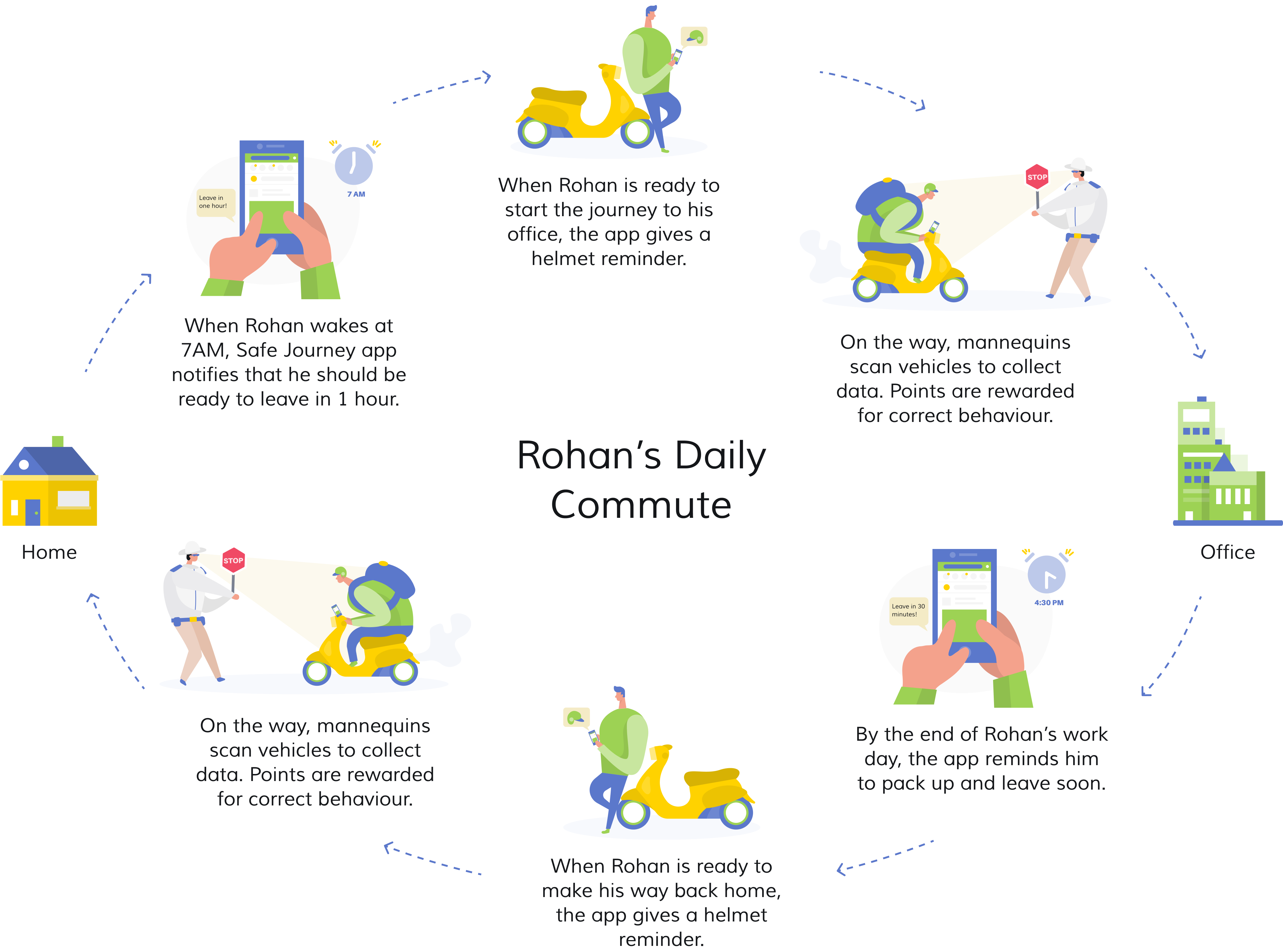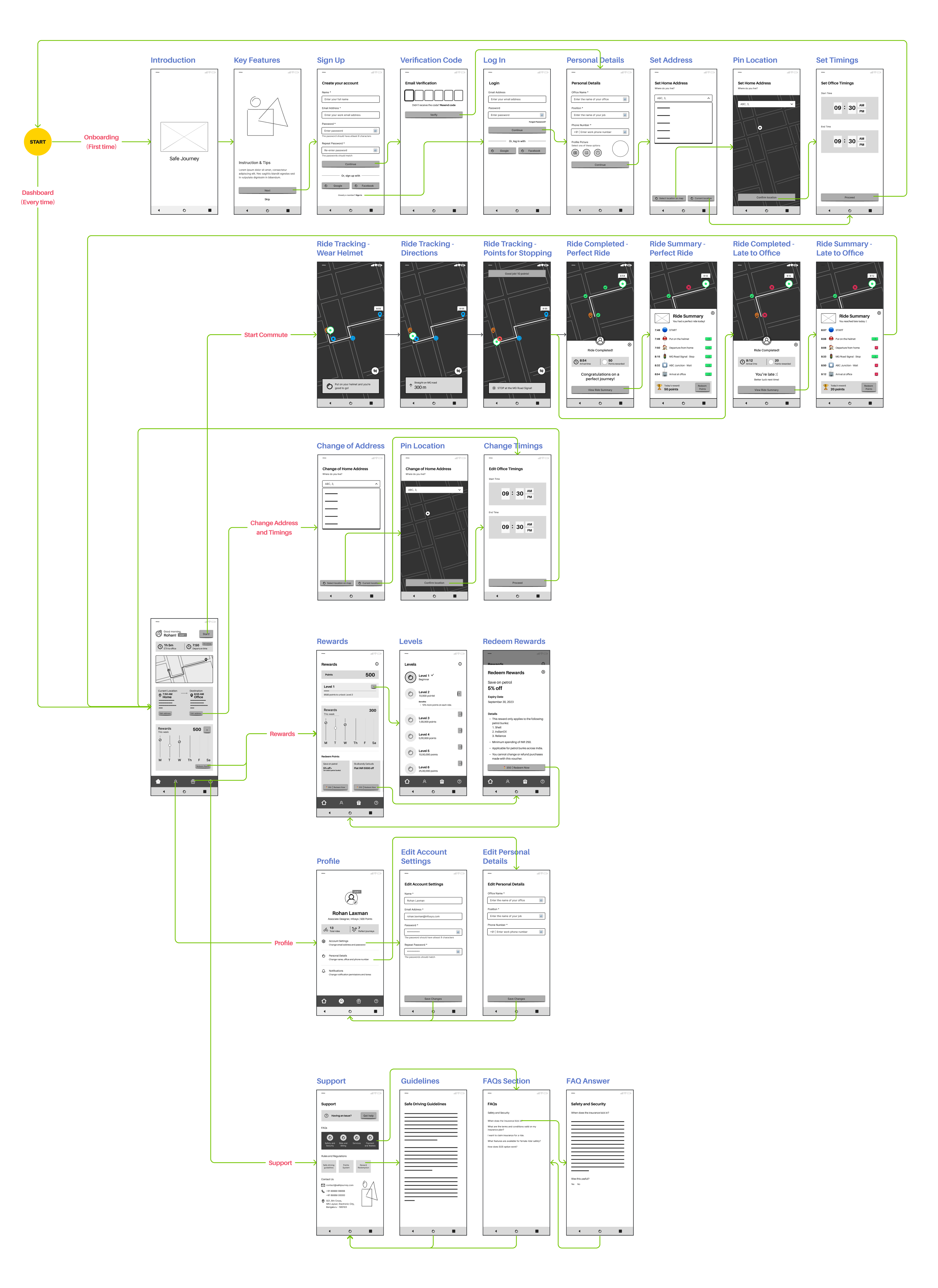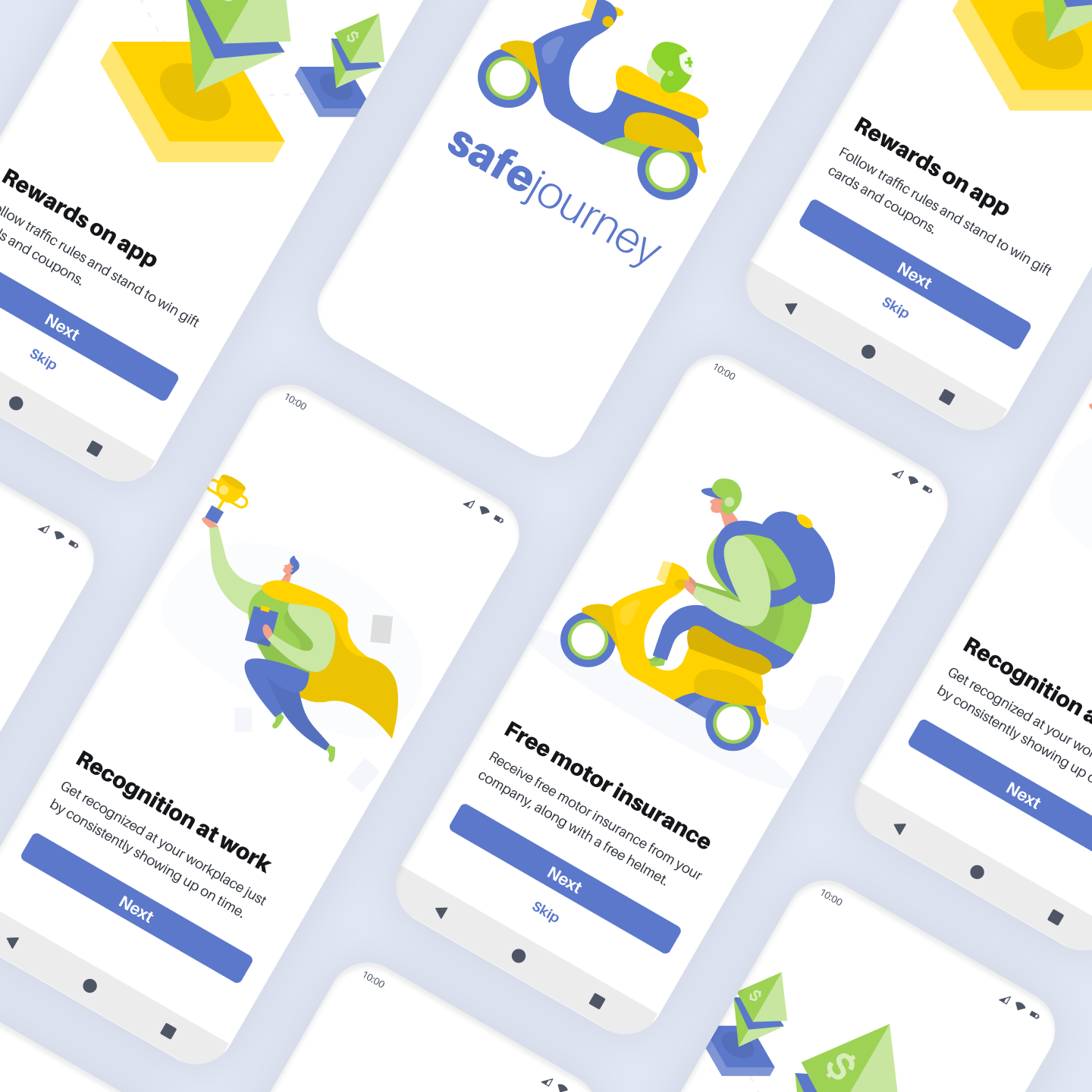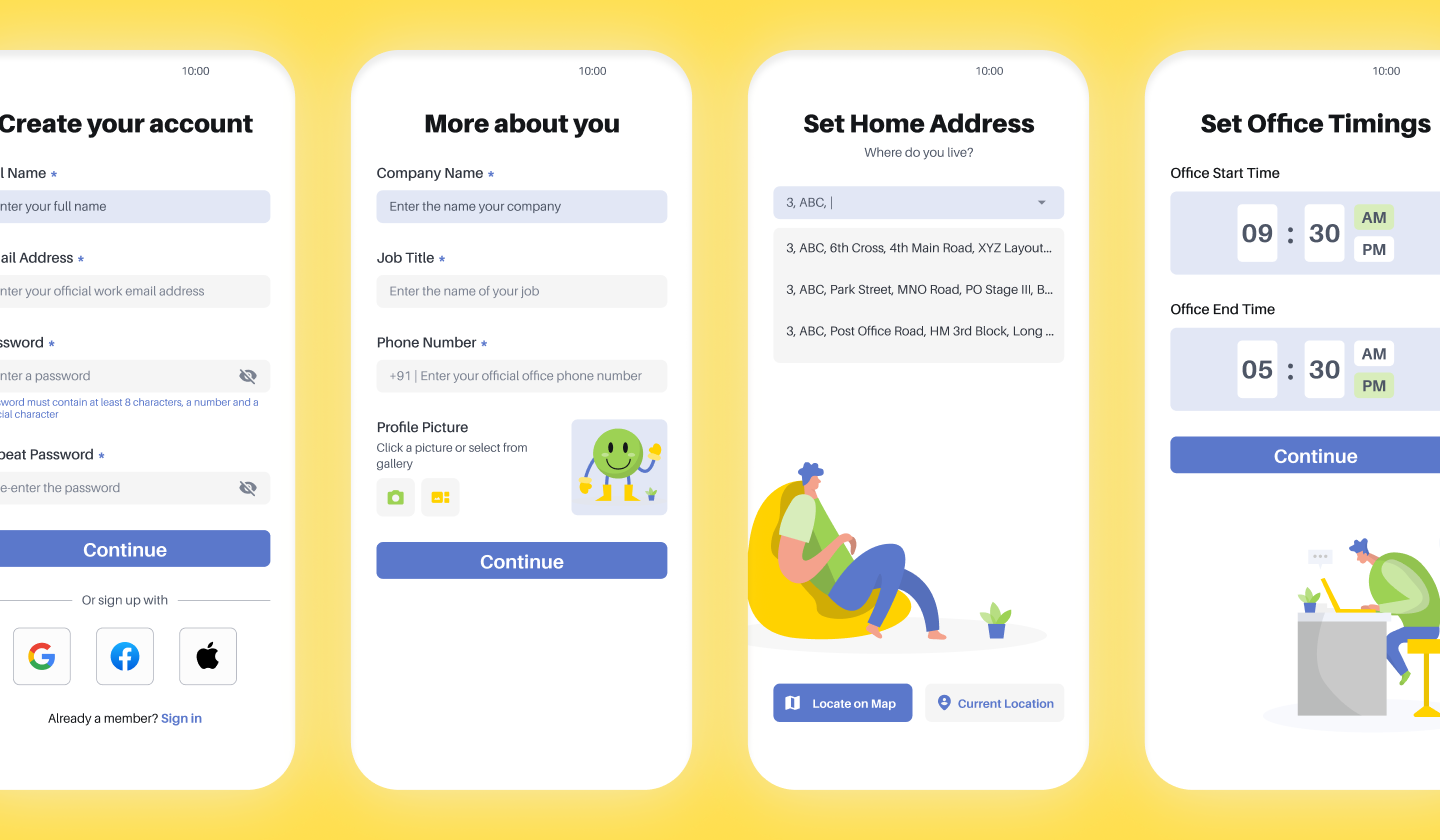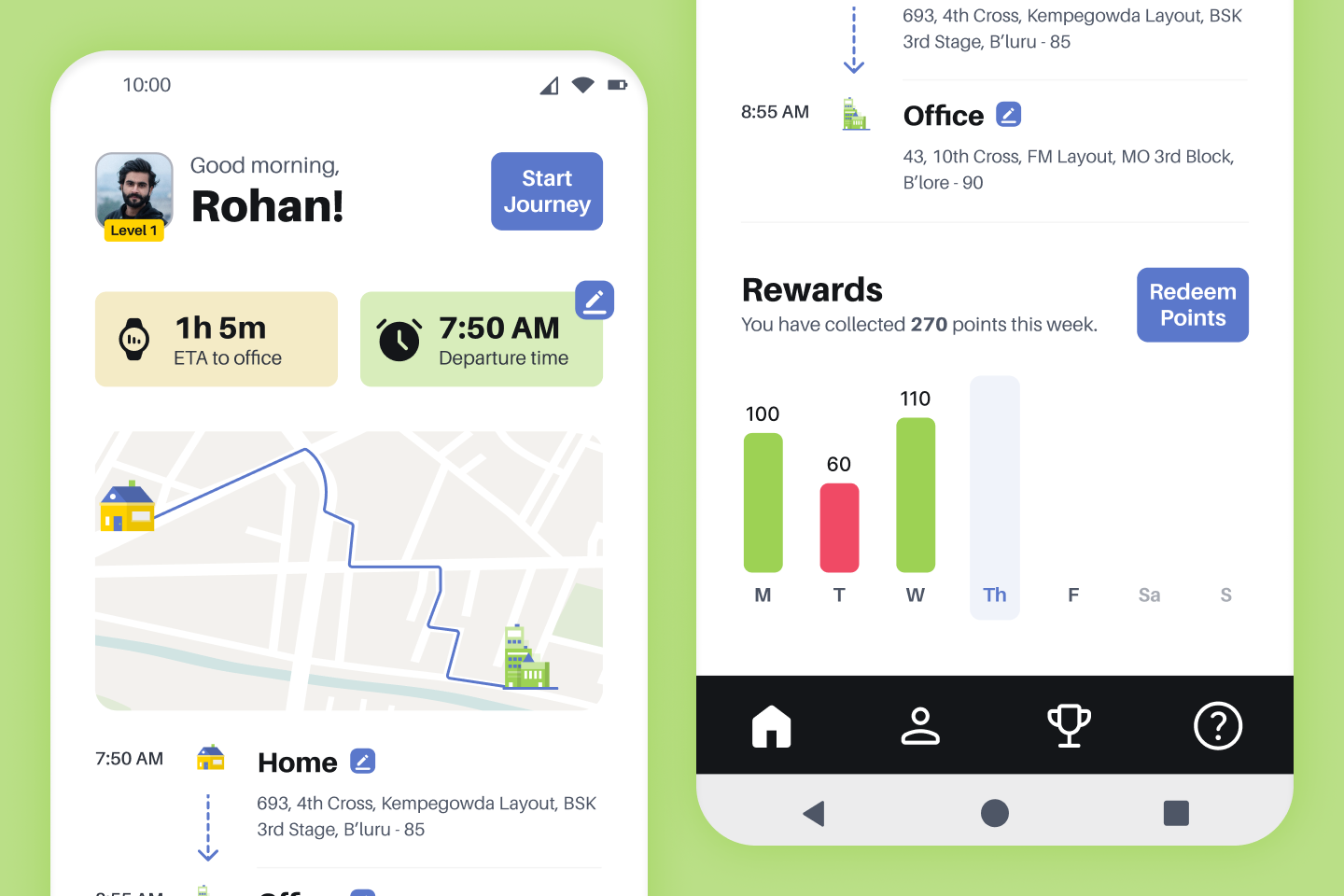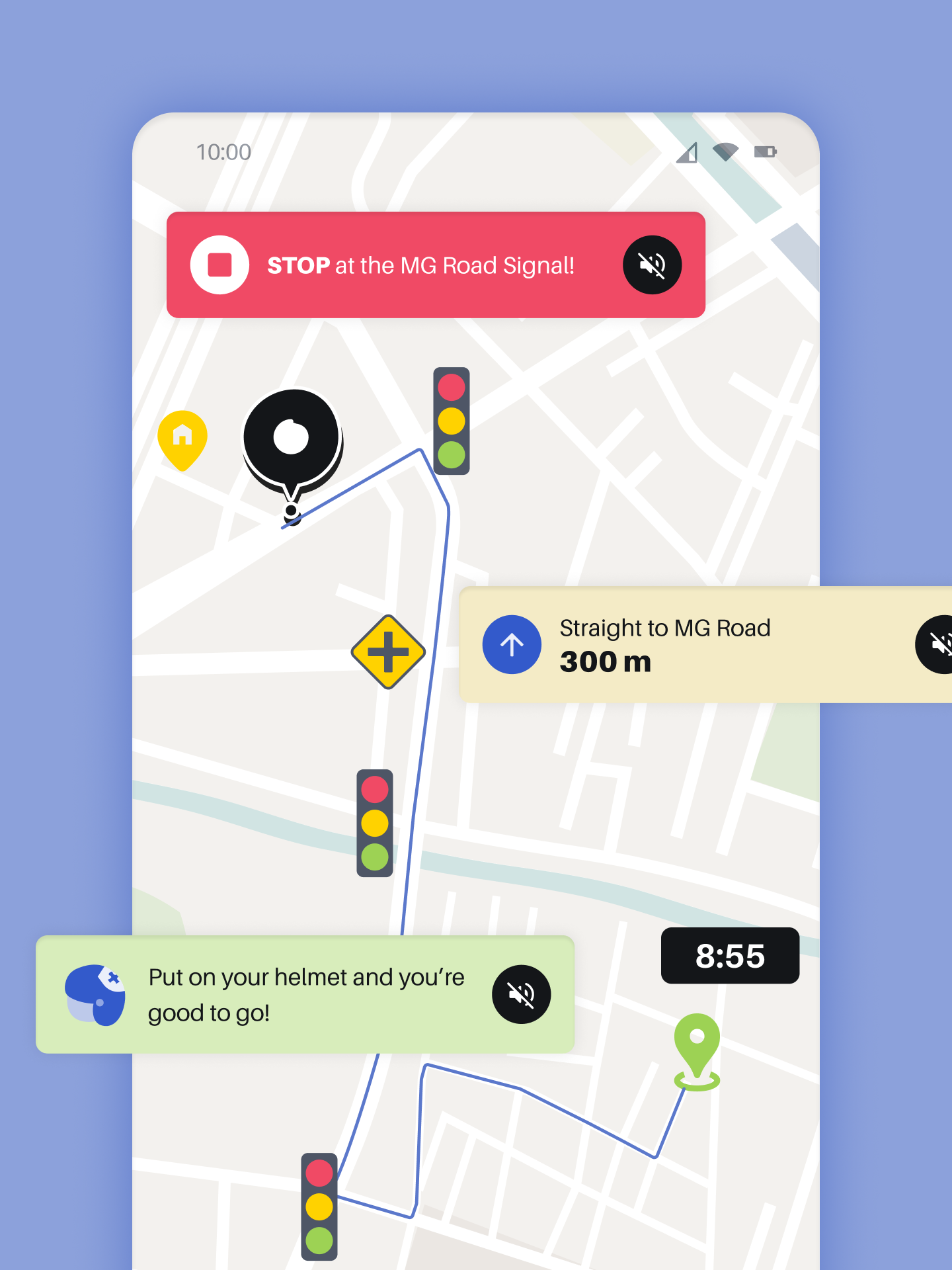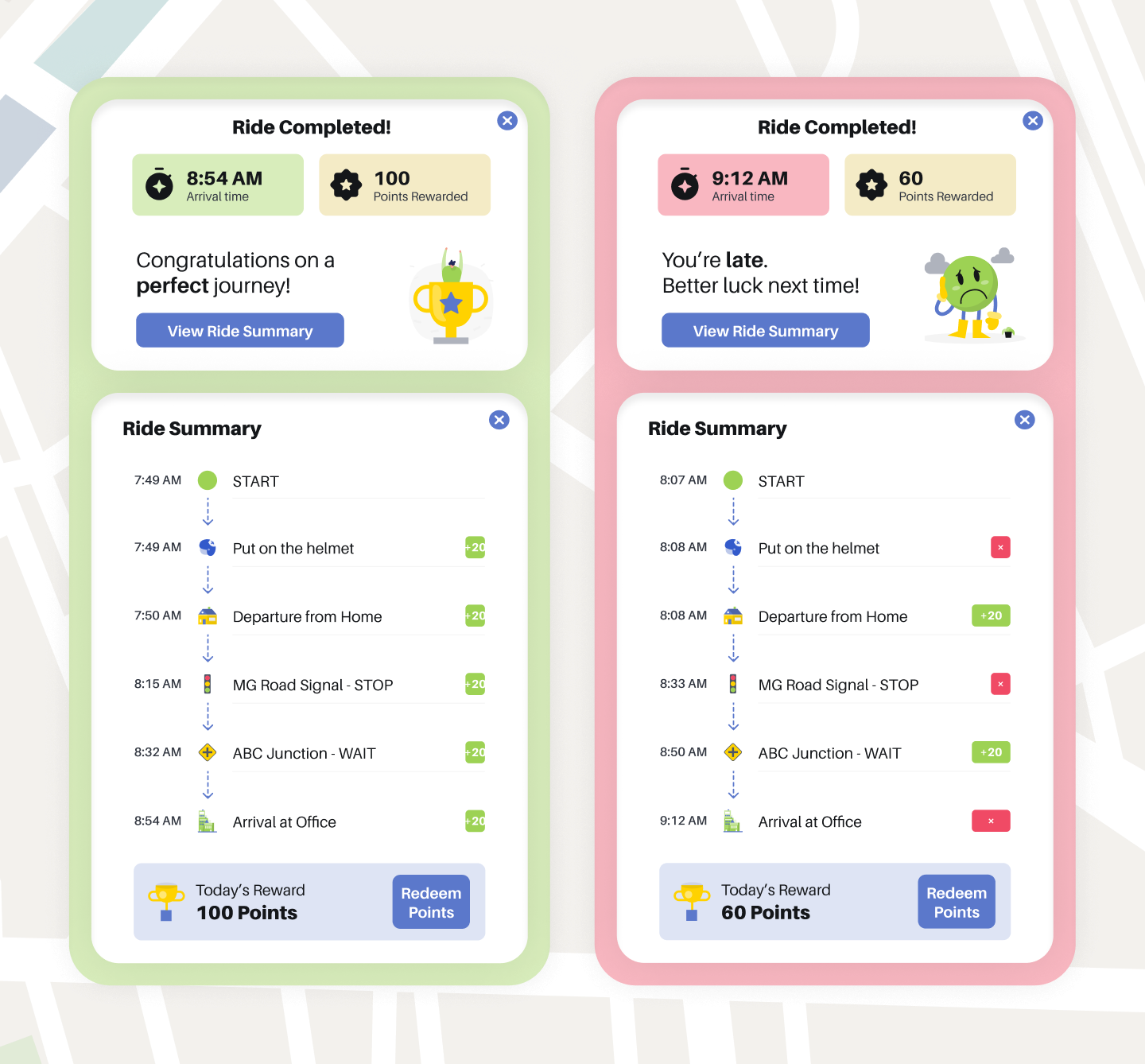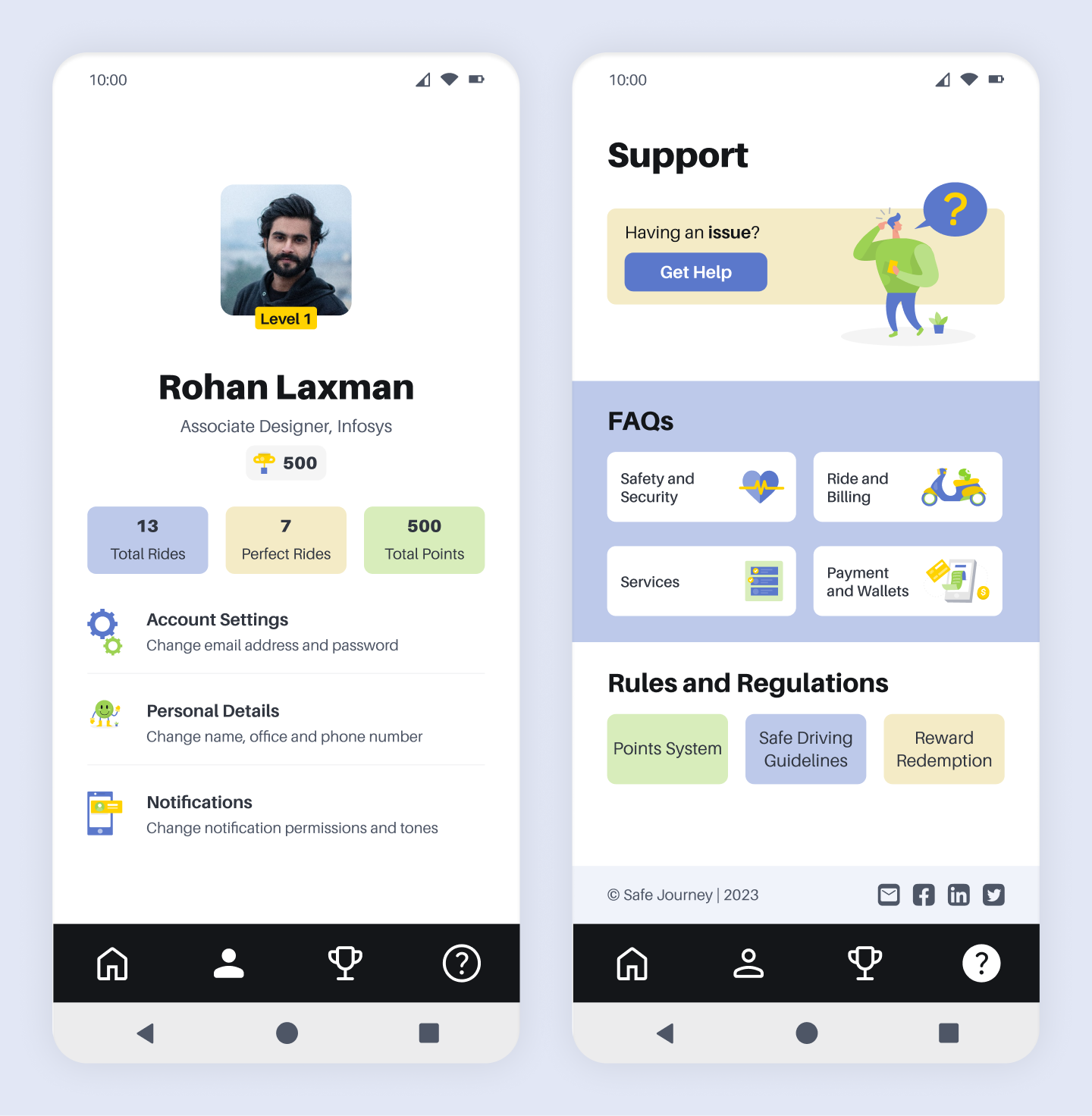Key Research Takeaway: Despite latest measures, riders continue to break rules.
Through field interviews and secondary research, we could gather that riders are at danger from not only social traffic behavior and infrastructure issues, but also from negative habits of their own.The most common misdemeanors found were helmet-related issues, with excuses such as:
- "Helmets are heavy and they make me sweaty, leading to irritation / hair loss."
- "I'm just going out for a short distance within my neighborhood, my helmet isn't necessary."
- "I don't see a cop, I don't need to wear my helmet."
- "Good helmets are expensive, so I will buy the cheaper ones."
Other violations included using the pedestrian route to escape traffic and a general recklessness in order to save time.
